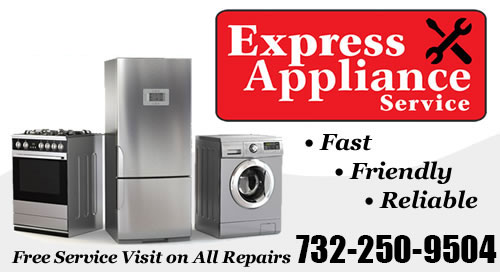The Best Time of Year to Shop for a New Appliance
If you have a broken appliance and are in desperate need of a new one, then, by all means, purchase a new one ASAP. But, if you’ve had your eye on a new appliance and can wait a little while, read on to find out the best time of year to shop for a new appliance so you can get the most for your money.
The Fall
In September and October, stores are clearing out their existing appliance stock to make room for newer models. Back to School sales, Fall Sales, Labor Day Sales- this is when all the big-ticket appliances are marked down, and you can usually find this year’s newest models for low prices.
End of the Month
If it’s the end of the year, or you just can’t wait until the Fall, at least wait until the end of the month. Appliance stores usually have monthly quotas to meet, so prices are slashed in the final few days of every month if there’s still inventory that needs to be cleared out.
Major Holidays
The most significant appliance sales usually happen on Labor Day, Memorial Day, President’s Day and Thanksgiving weekend (Black Friday), so mark your calendars and keep your eyes open for sales during these holidays. If you’re more of an online shopper, put a big circle around Cyber Monday, the Monday after Thanksgiving, when online retailers have their biggest sales on big-ticket items.
Thursdays
If you are in a pinch and need to buy a new appliance this week, try to at least wait until Thursday. Stores usually begin their weekend markdowns on Thursday, and you can generally get the best pick of the sales on Thursday before the weekend crowds hit.
Need help with the installation of your new appliance? The pros at Express Appliance Repair can help!

